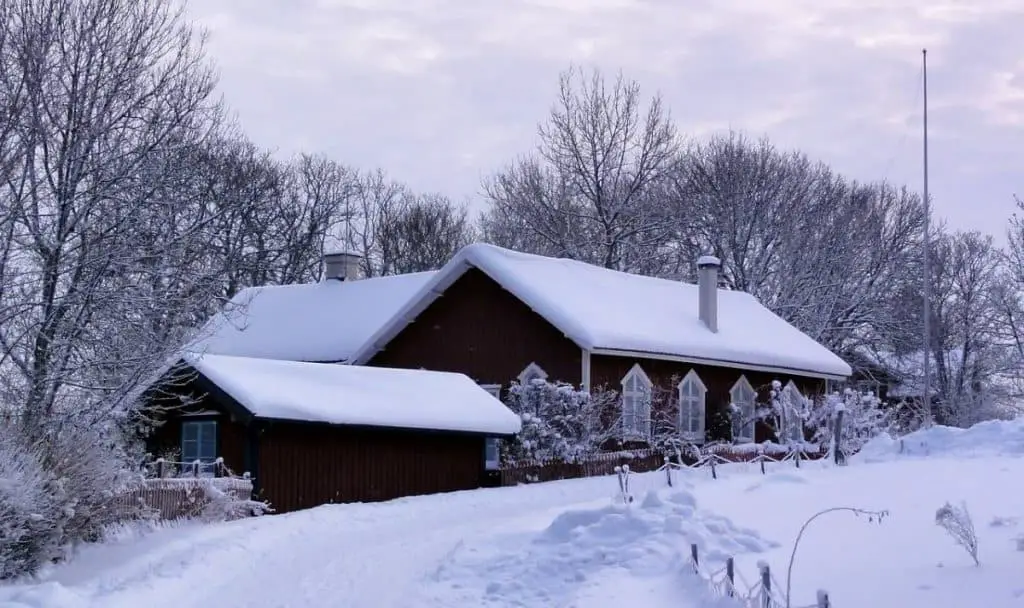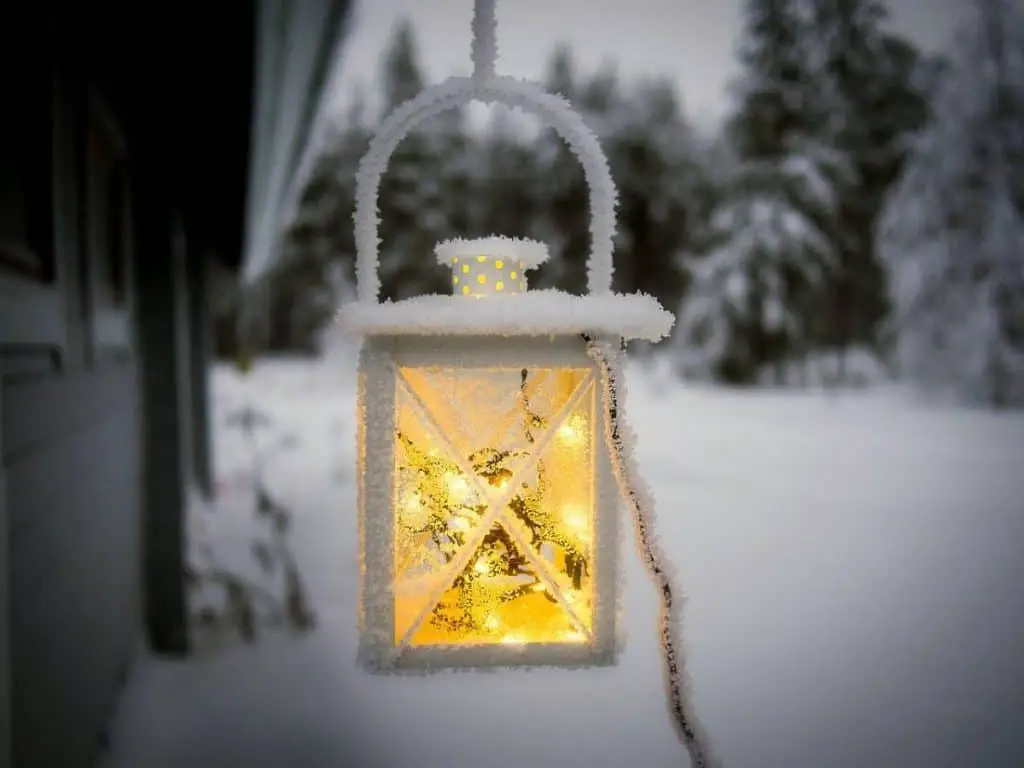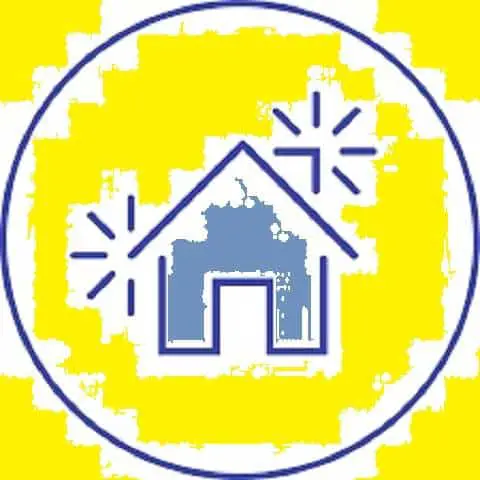
How to have your country house heated with electricity all winter and not go broke! In this post, we explain the basic principles.
Closing your country house season is always sad, especially since summer not that long in many regions of the world. If your summer is long and you can visit your country house at any time of the year – you are a lucky one!
It is clear that autumn and winter in the countryside also have their advantages. So here is a possible solution: try to extend the season so that you can live in the countryside at any time – regardless of the weather.
To do this, you will need to deal with the heating. Together with the manufacturers of inverter convectors, we will explore how to do this and not go broke.
First, perform a thermal imaging inspection of your house
Before dealing with heating issues, you need to make sure that the house is able to hold the heat well. To do this, you need to call a specialist with special equipment. You can try to cope with it yourself, but it will take more time: you have to find a thermal imager and figure out how to use it. This measurement is usually done in the cold season.
Based on the results of the measurements, the specialist creates a heat map of the house, which shows where the heat is able to escape the house. Your next steps depend on the results of these measurements.
Second, get ready for a mini-renovation project
Next, once you have the heat map of your house, you will need to deal with specific heat losses. All problem areas will be indicated on the map.
Usually, the most difficult part of insulation is windows. Properly installed double-glazed windows hold the heat well, but they may have to be adjusted to close tighter and to stop unnecessary heat loss.
Another possible weakness is the front door. If there is no vestibule in the house, the front door should be insulated well along the door frame.
There could also be problems in the roof section of the house. Heat is often lost through the joints between the walls and the roof. In an extreme case, you may need to partially disassemble the casing of the house, change the insulation and improve internal humidity vapor shell.

Third, choose the heating method
When you’re done with the insulation, you can move on to choosing the heating system. It does not make sense to seriously consider heating with wood. This method demands the constant presence of someone in the house.
A diesel-powered boiler is also a controversial option. The price of diesel fuel is constantly rising, and it is difficult to call this system environmentally friendly.
Read also: How to decrease the impact of construction on the environment? – in this article. And, How to avoid wasting time on a renovation project? – in this article.
The most economical type of heating is the mains gas. But it is not always possible to bring in gas, and it could be quite expensive to connect the mains.
Then, the second most affordable variant of heating is electricity. Here are possible options: heating by an electric boiler, by a heat pump or by an electric convector.
Fourth, calculate the costs
Electric boiler
Let’s start with an electric boiler. It is important to understand that there are high start-up costs associated with its installation.
First of all, it will be necessary to buy the boiler itself: the device that will cope with heating the house of 120 square meters, costs a few hundred dollars (Amazon link). And this is the case for the simplest model. The price of an electric boiler can reach up to a couple of thousands (Amazon link).
You will also need pipes. They will cost a few hundred dollars. And heating radiators, which will cost, at least, another few hundred dollars. Plus you will need different components (brackets, ball valves, couplings, corners, adapters, voltage regulators, etc.). Installation work will also be required. And its cost will depend on the qualification of workers.
On average, equipment and installation of an electric boiler system will cost from 1500 to 2500 dollars.
Heat pump
With a heat pump, the figures are even higher. The device halves the cost of heating, but it would cost, at least, 5000 dollars. The installation will cost around the same amount of money. And this is in case you have only a small cottage.
Electric convector
Buying an electric convector is the easiest and the least expensive option. To install it, you need an electrical outlet next to a window, a screwdriver and five minutes of free time. And it is possible to do it by yourself, without inviting (and paying) for the expert in heating systems. The average cost of one electric convector heater starts at around 500 dollars.
The negative side is the large consumption of electricity. You will pay for electricity at the rate set in the region. Even for a small house of 120 square meters, the amount will be not that small.
In addition, if you buy an electric convector on a budget, this cannot be called safe. If the heating element gets in contact with, for example, dust, it can ignite and even set fire to the curtain.

Fifth, learn about modern inverter convectors
Inverter convector costs no more than a traditional one. But if used for a long time – during the entire heating season, for example – the costs are substantially lower due to the smaller consumption of the electric power. Some estimates show that electricity consumption is reduced by up to 70% in comparison with traditional models.
The device works at full power only at the initial heating stage, which helps to set the desired temperature. Then it switches to the energy-saving mode (Amazon link). This reduces the heater power consumption to the minimum, which is necessary to keep the required temperature level.
Another plus of the inverter convector is safety. The heat is produced by one monolithic heating element.
Many modern electric convectors can be controlled remotely via Wi-Fi. For example, you can reduce the temperature inside your house. Or you can turn on the heating in advance from your smartphone, for example, on the way out of town.
This will allow you to arrive at the house that has already been warmed up.

